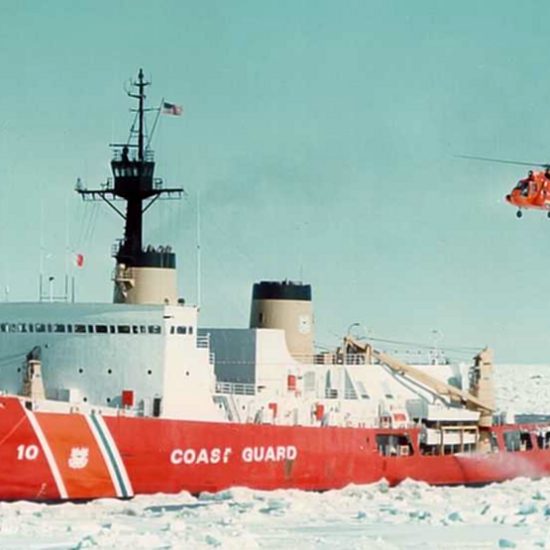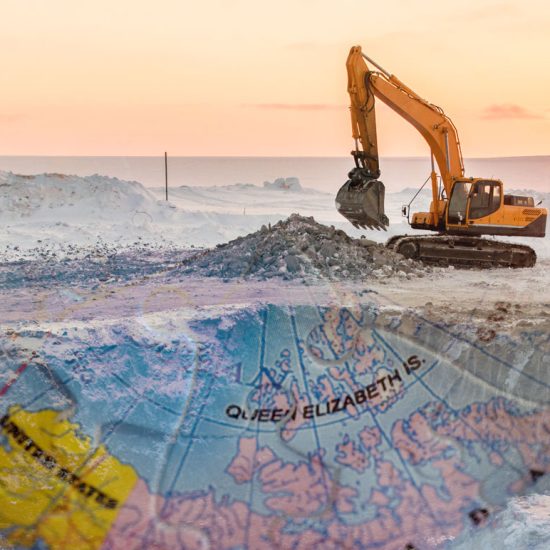My favorite writer on the Cook Inlet salmon wars is Craid Medred. He posted a piece early February on the continuing problem of commercial fishing and a commfish-friendly Board of Fish that is acting like limited entry permit holders have an exclusive right to what is constitutionally a commonly held resource. https://craigmedred.news/2018/02/07/overreach/
The piece discusses a Ron Summerville proposal to limit commercial fisheries to half of the catch where subsistence, sport and personal use fishermen are capable of catching the rest. Summerville sees it as a necessary counterbalance to limited entry as being managed by the Board of Fish today. https://www.cfec.state.ak.us/pregs/Homan30YrsLimitedEntrySummary.pdf
Such a change would hit parts of the state harder than others, with Bristol Bay and Prince William Sound being the most obvious examples. King salmon in the Kuskokwim is entirely allocated to subsistence with no commfish pressure.
Fisheries in SE AK, Cook Inlet, and the Copper River would be significantly impacted.
And it is long past time at least from the standpoint of sportfish, personal use, and subsistence users.
The discussion prompted another idea, something that could be pursued in parallel with making Sommerville’s proposed legislation. This would be for the State of Alaska (or some other entity) to start purchasing limited entry permits for the most controversial fisheries (Cook Inlet, SE AK, Copper River), and start retiring them.
The logic behind this is two-fold, as the fewer commercial nets in the water, the more fish make it into the fresh water. Today permits are sold and traded at Alaska Boars & Permits. http://www.alaskaboat.com/permitpage.php
Bristol Bay drift permits run around $155,000. Cook Inlet drift permits are in the $50,000 range. Cook Inlet drift packages range as high as $200,000. As of mid-January, there were 41 Cook Inlet drift permits for sale for a total of $4.2 million, an average of $103,000 for a combination of setnet, seine, packages, drift and drift packages. Recompute the totals for the permits only, and the 18 remaining permits average $71,000 apiece.
At this price, it would cost in the vicinity of $134 million to buy out all Cook Inlet commercial fishing permits or $93 million to buy out everything at the non-package price.
For years, environmental organizations like the Nature Conservancy have purchased privately held lands and easements and conveyed them to governments. Their 2017 financials show they sold or donated nearly $84 million of lands and easements to governments and other entities. https://www.nature.org/about-us/our-accountability/annual-report/tnc-2017-financial-statement.pdf
Perhaps it is time we start considering the same operation here in Alaska, purchasing and retiring commercial fishing permits one at a time at the lowest possible price. A $10 million budget a year would be a good start.
And I would start in Cook Inlet, as it has the most Stocks of Concern in the entire state, and the most active commercial permits per pounds of available fish.
I would also shut down the Commercial Fisheries Entry Commission, so they do not replace the retired limited entry permits once the buyout starts.
Alex Gimarc lives in Anchorage since retiring from the military in 1997. His interests include science and technology, environment, energy, economics, military affairs, fishing and disabilities policies. His weekly column “Interesting Items” is a summary of news stories with substantive Alaska-themed topics. He is a small business owner and Information Technology professional.












